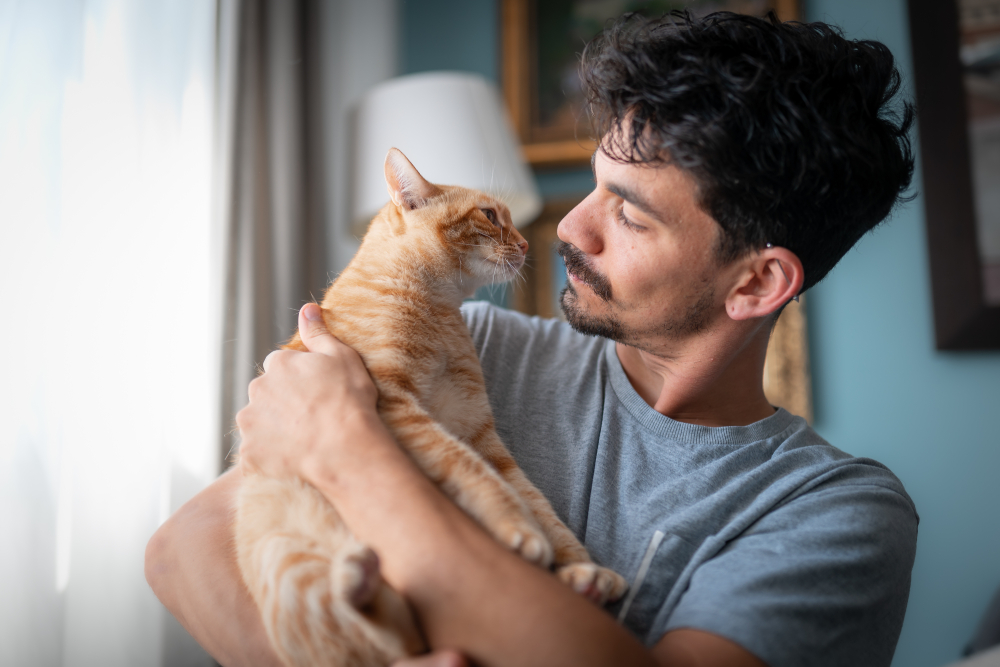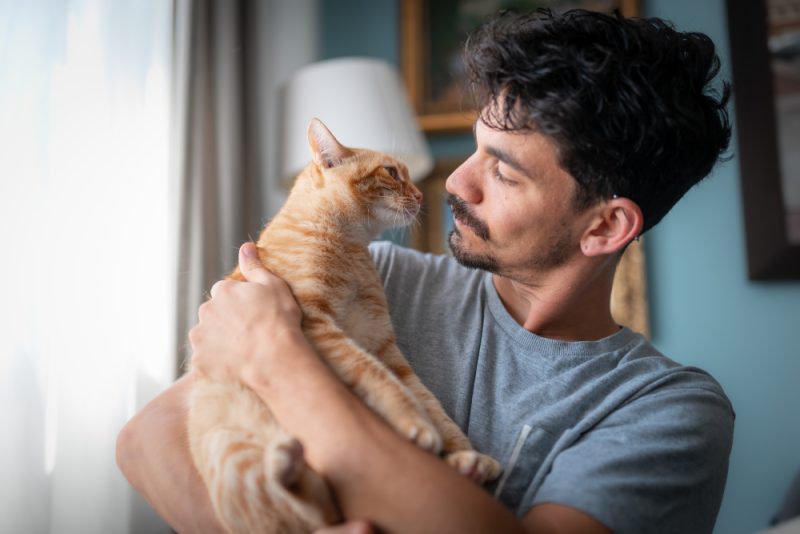In human relationships, we spend a lot of time telling and showing our partners that we love them. Our “love language” is often vital to successful relationships. But what about our relationships with the most important felines in our lives? Here are 10 great ways to tell your cat that you love them.
The 10 Ways to Tell Your Cat You Love Them
1. Establish a Routine
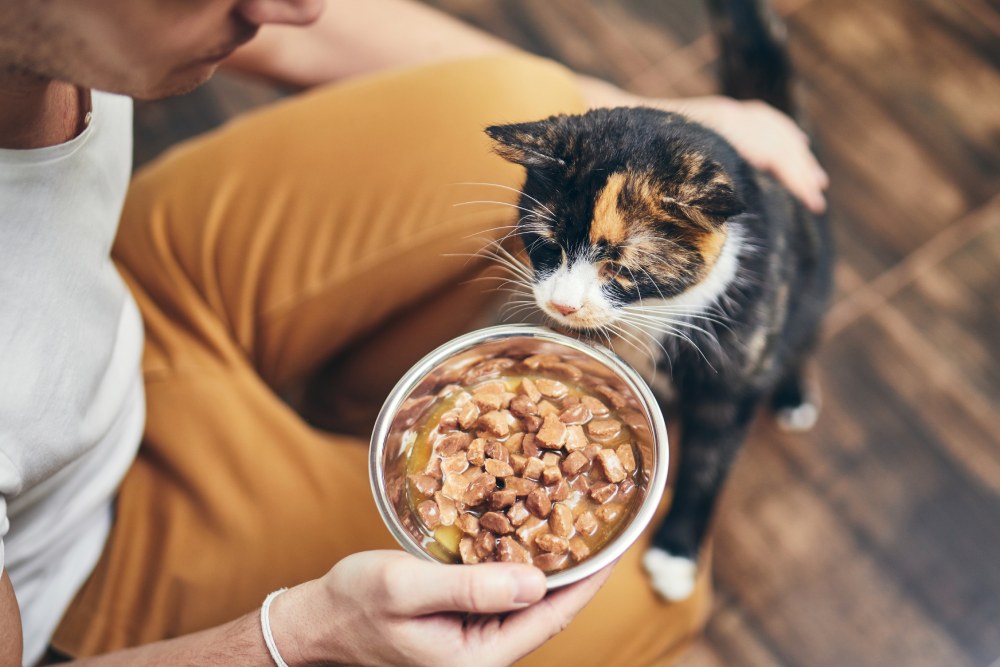
While some are more adaptable than others, cats generally thrive when their lives are predictable and orderly. They want to know when food will arrive, where to find their litter boxes, and who they can expect to interact with each day.
One way to tell your cat you love them is to establish a daily routine to help them feel safe. Set regular mealtimes and feed your cat in the same place. Don’t make abrupt changes to their food or litter.
Let your cat get used to your work or school routine so they know when you’ll be home and spending time with them. Many cats become stressed by changes and can develop medical or behavioral problems.
2. Spend Quality Time with Them
Quality time is one of the accepted human love languages and applies to your relationship with your cat. Not every cat likes to be picked up and held, but many enjoy spending time with their humans.
They might snuggle on your lap or hover on the back of the couch over your head while you watch TV. Other cats prefer to keep their distance but still stay in the room. Discovering how your cat enjoys spending time with you can take time, but it will pay off in the end.
3. Offer Tasty Treats
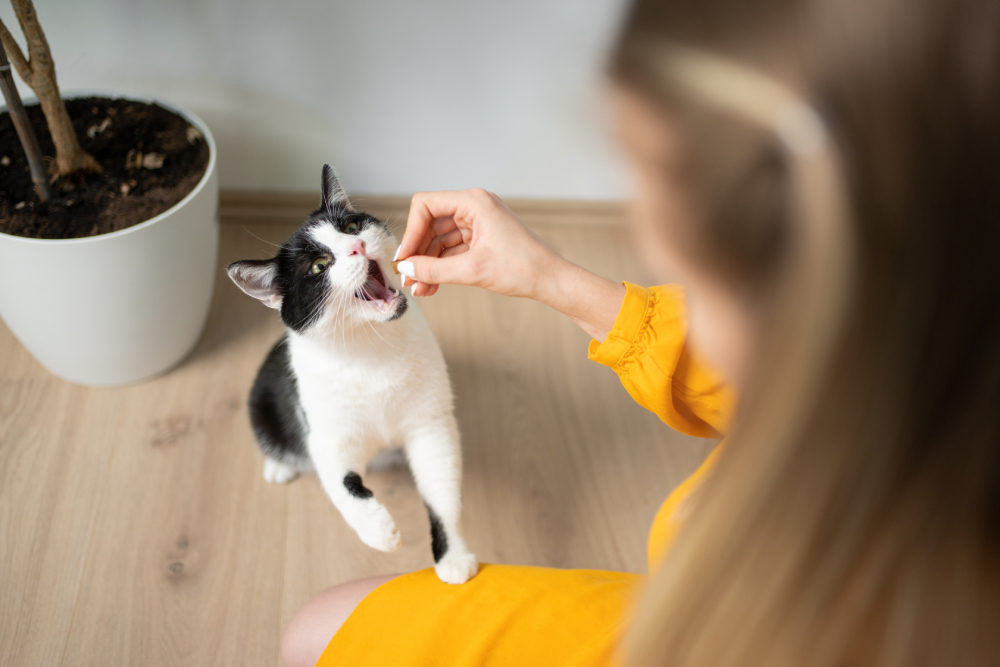
For some cats, food is the way to their heart, and you can show your cat you love them by buying their favorite treats. Treats can be offered as a reward if you’re training your cat to use a scratching post or accept getting their nails trimmed.
You can also feed them to bond with your cat and tell them you love them. Just remember that too much food love can be unhealthy for your cat. Factor their treats into their daily calorie total and adjust the amount of food you offer them accordingly.
4. Take Them to the Vet
It may seem obvious, but providing for your cat’s needs is another way to tell them you love them. Making sure your cat gets regular checkups with the vet is a practical but frequently neglected way to show your pet that you care.
Unfortunately, cat owners avoid the vet more than dog owners. Annual physical exams are vital tools for keeping your cat healthy. Your cat may not appreciate the trip to the vet, but you can feel good about doing your part for their well-being.
5. Pet Them—But Only if They Want You Too
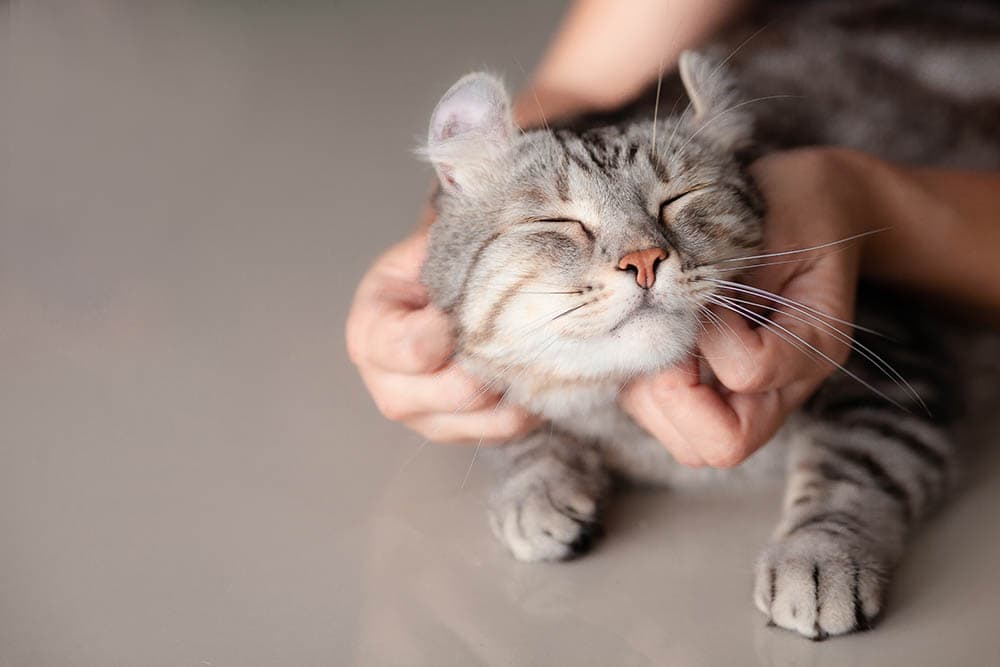
Along with quality time, physical touch is another of the human love languages. Petting your cat can be another way to tell them you love them. However, you’ll also have to be careful only to pet your cat when and where they prefer to be touched.
Some cats only like to be petted on their head and neck area. Others tolerate full-body stroking and massages. Learn to interpret your cat’s body language to tell when they’ve had enough petting, or you may end up with a painful wake-up call.
6. Slow Blink
Have you ever noticed your cat “winking” or closing their eyes when you’re interacting with them? Your kitty might be performing a behavior known as the slow blink, which shows their affection and trust in you.
They can also recognize when humans are performing this behavior back to them. Tell your cat, “I love you,” by opening and closing your eyes slowly as you meet their gaze. You might just see your cat returning the gesture.
7. Talk to Them
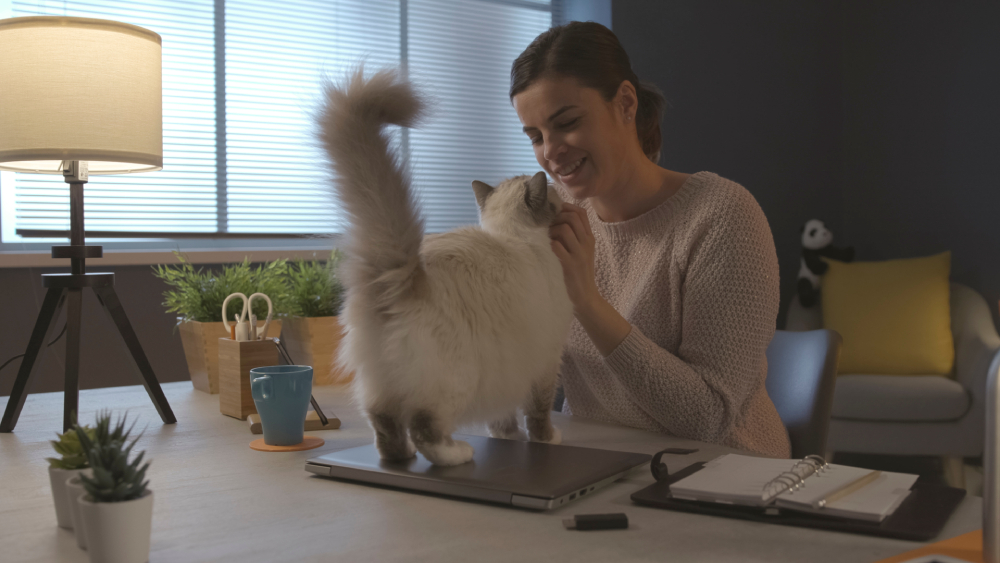
Although your cat might not understand words of affirmation as humans do, you can still tell them you love them by talking. Talking to your cat is a good way to unwind and release stress at the end of a long day, which can benefit your own mental health.
Your cat can recognize the emotions in your tone of voice. Talking to your cat can be another way to spend time with them, too.
8. A Nice Grooming Session
Cats bond and demonstrate affection for each other by engaging in mutual grooming sessions. You can tell your cat you love them by breaking out the brush and getting to work on their coat.
For long-haired cats, daily brushing is a requirement to prevent mats and tangles. Short-haired cats have less intense grooming needs, but if your cat enjoys brushing, you can use the activity to strengthen your relationship and show your affection.
9. Stay Positive
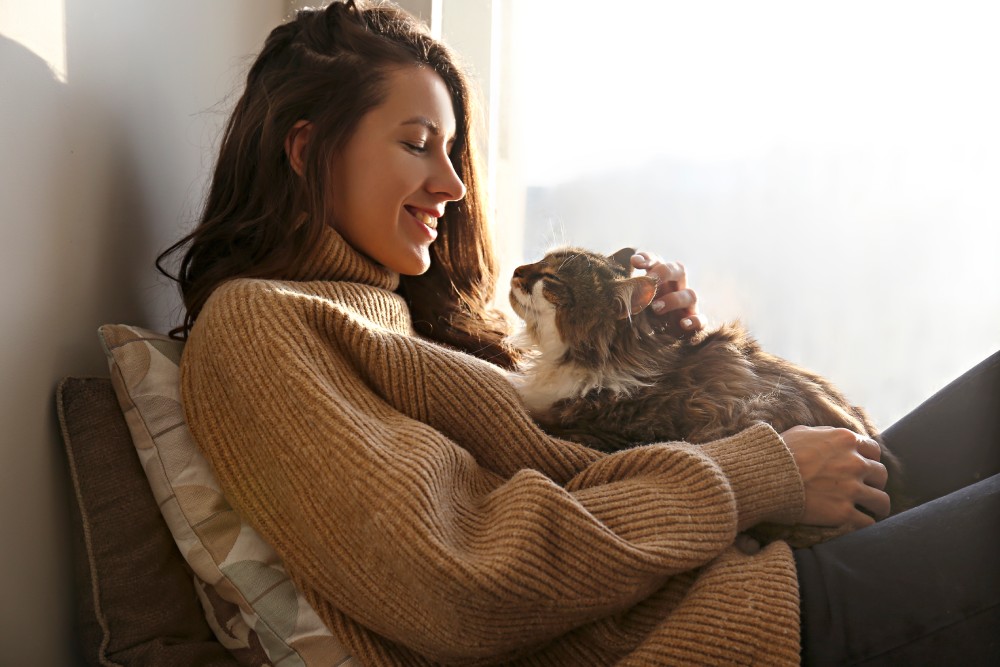
As we mentioned earlier, cats are good at recognizing emotions. One way to show your cat you love them is by striving to keep all your interactions positive. If you’re frustrated with your cat, don’t raise your voice or speak angrily to them.
These negative interactions can damage your relationship with your cat over time. Instead, focus on using a calm tone to reassure your cat that you care.
10. Keep Them Busy
Another practical way to tell your cat you love them is to keep them busy by actively playing with them and providing an enriched environment for them to entertain themselves while you’re away.
Daily play sessions ensure your cat gets exercise and allow you to spend time with them, too. When you’re away from home, provide your cat with toys and access to vertical space like cat trees.
Consider a window perch to give your kitty visual enrichment by watching the outside world. Leave cat TV, cat music, or nature sounds playing to provide sound enrichment.
Conclusion
Not every human has the same love language, and cats are the same way. These 10 ways to tell your cat you love them won’t be understood or appreciated by every kitty. In fact, the most important way you show your cat you care might be by taking the time to find out which method they most appreciate.
Look for ways your cat tells you that they love you, too. Despite their reputation for independence, cats form strong bonds with their families and enjoy demonstrating their affection.
Featured Image Credit: Magui RF, Shutterstock

